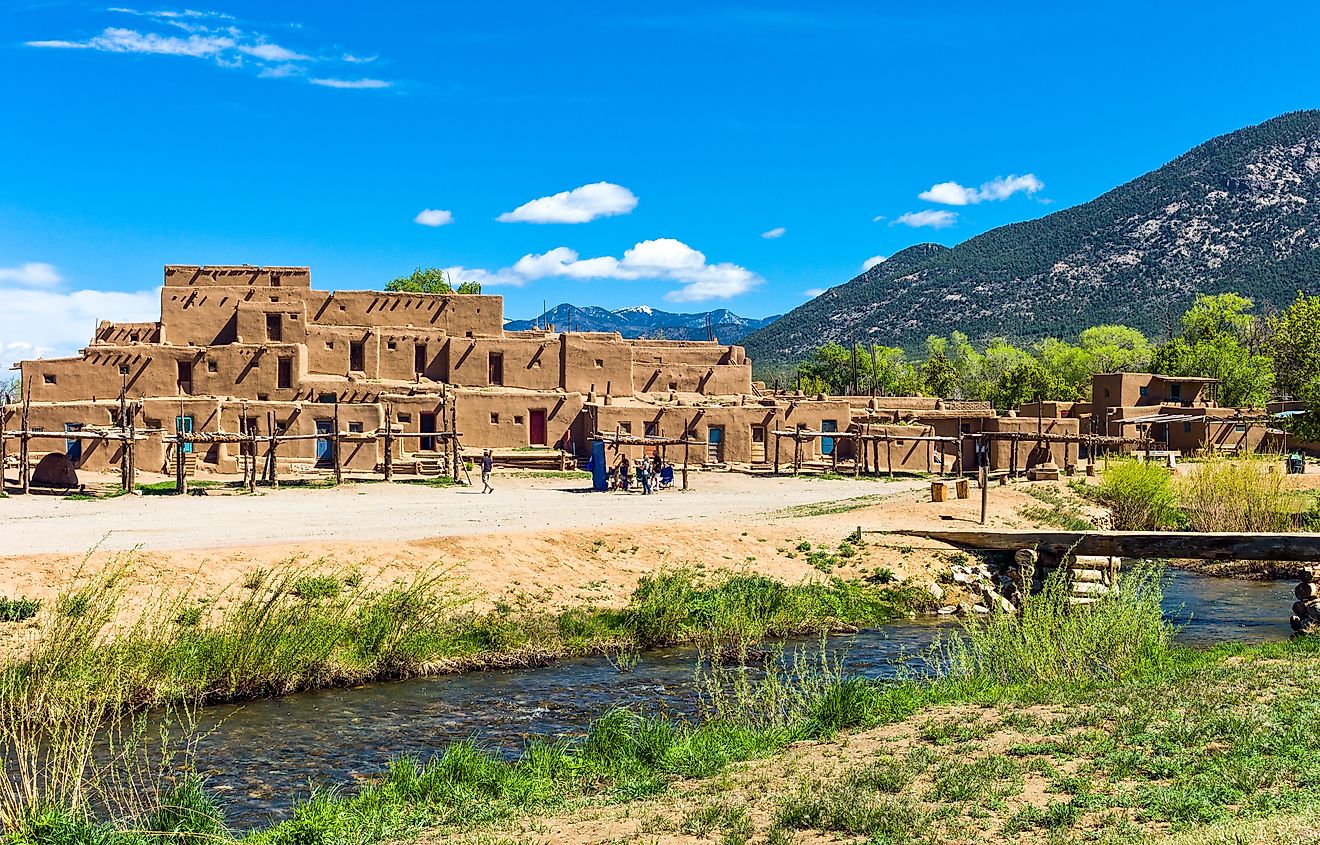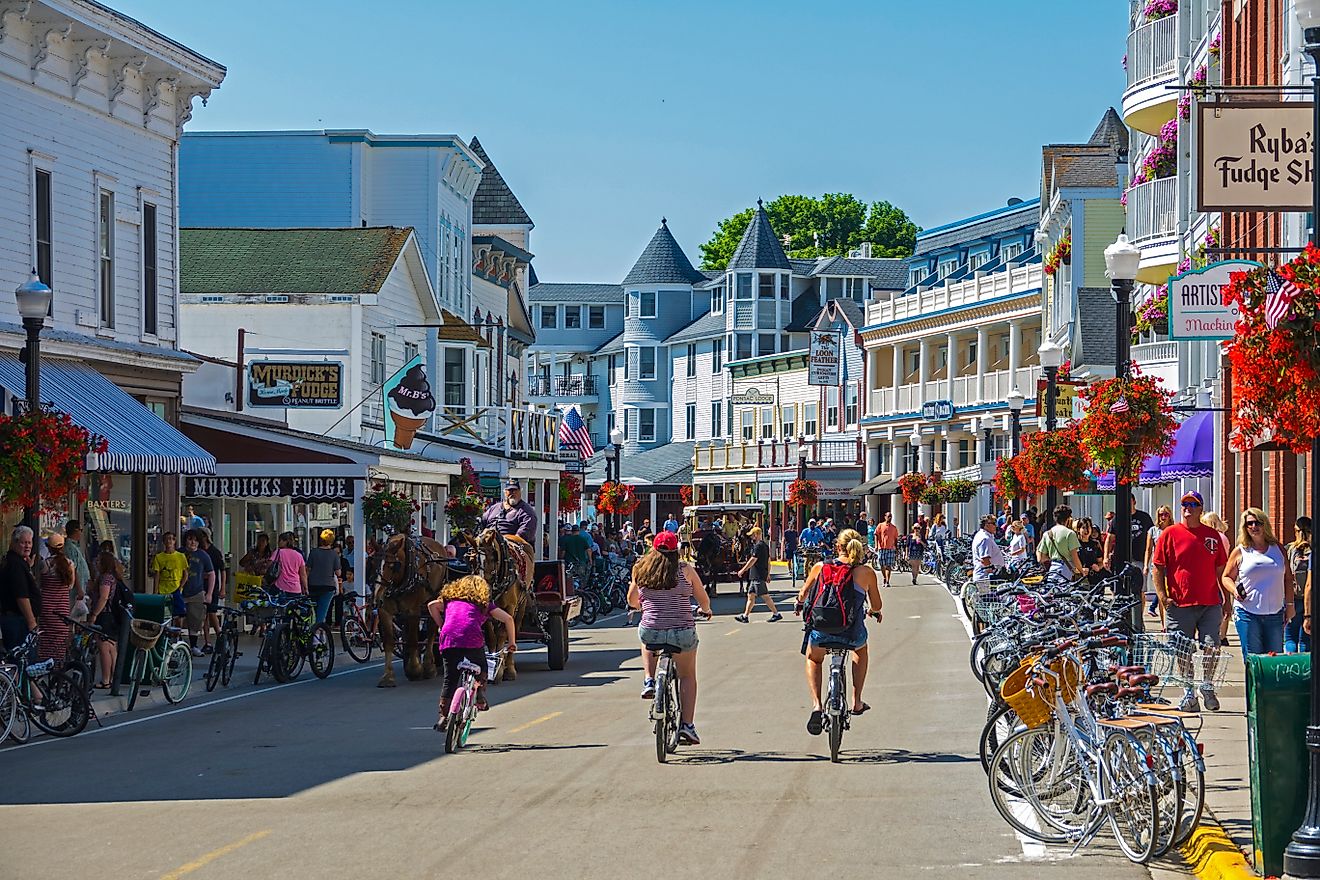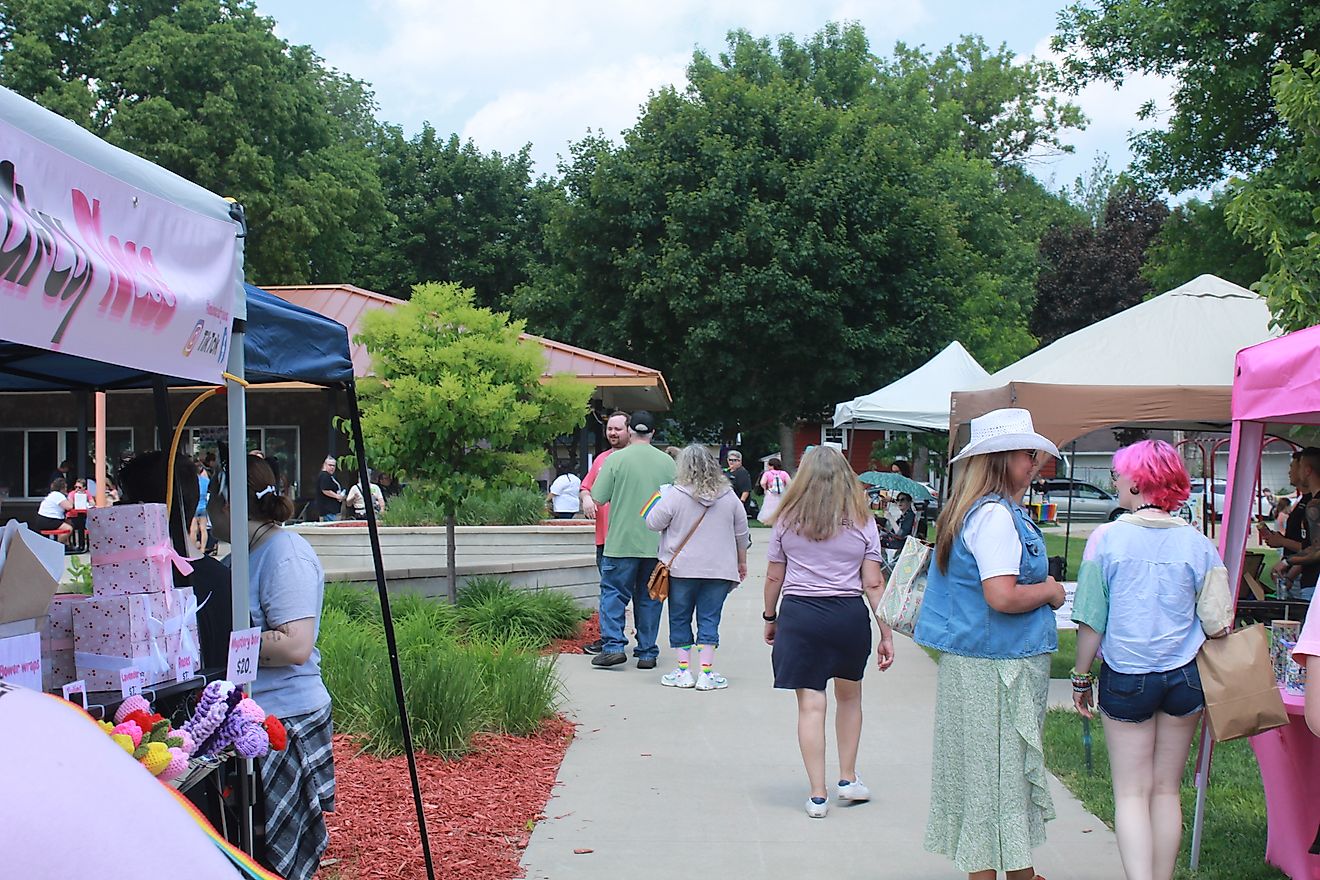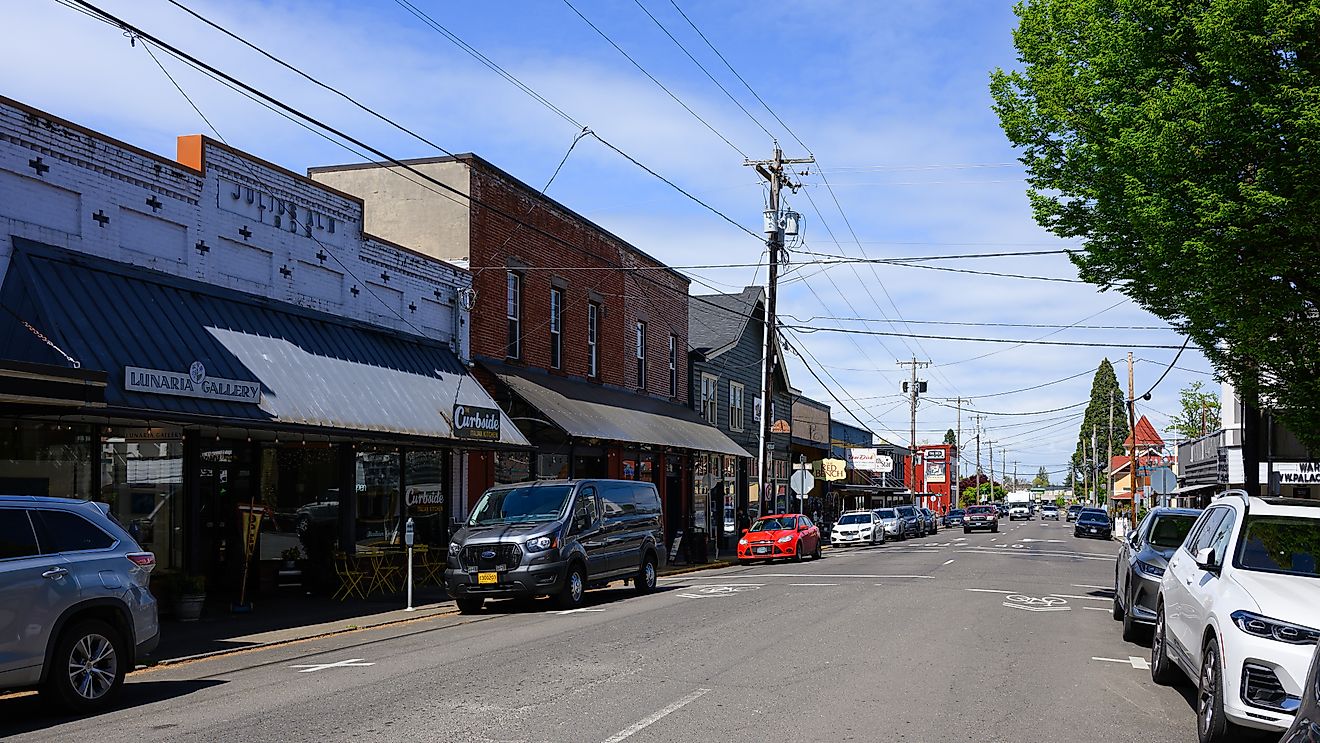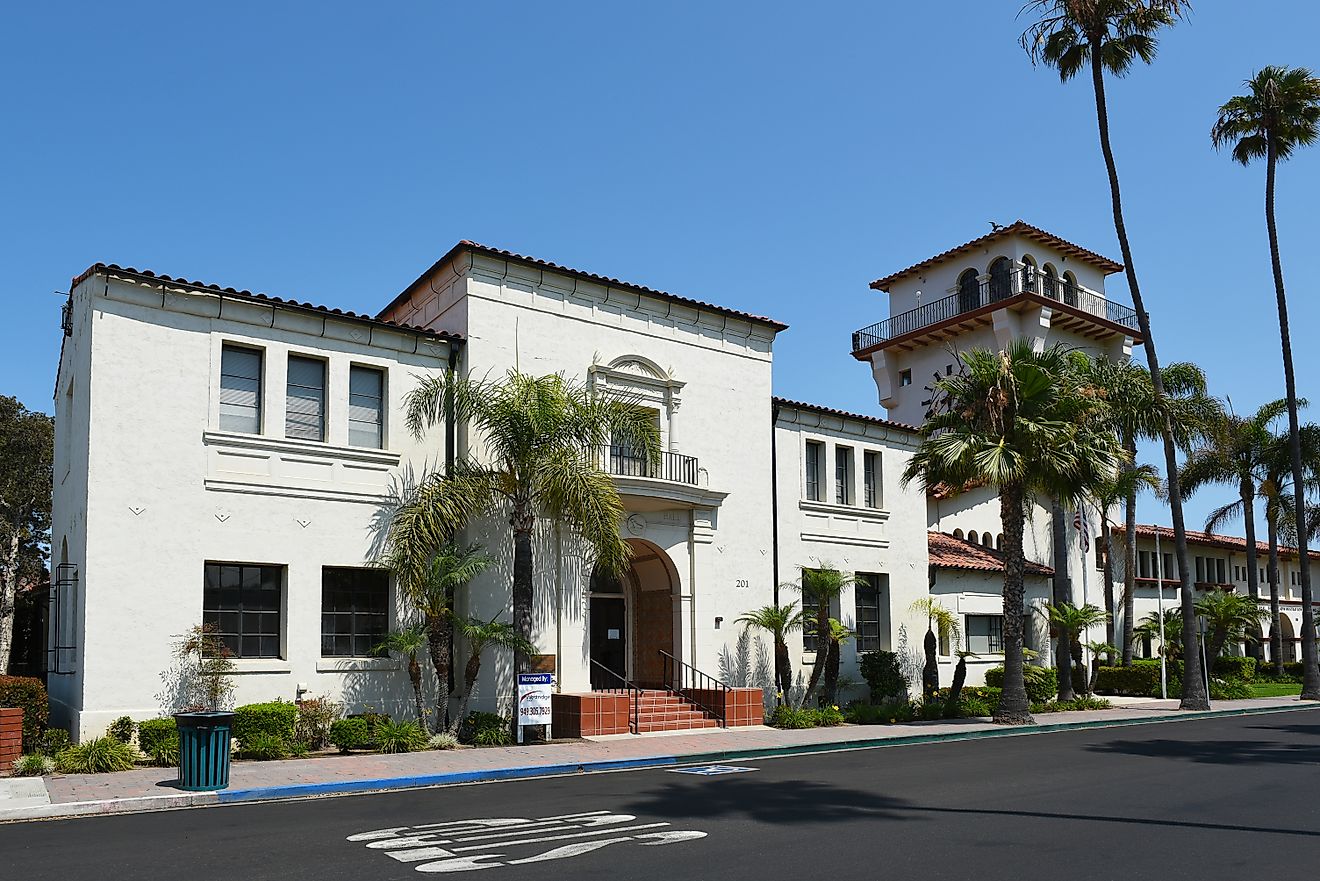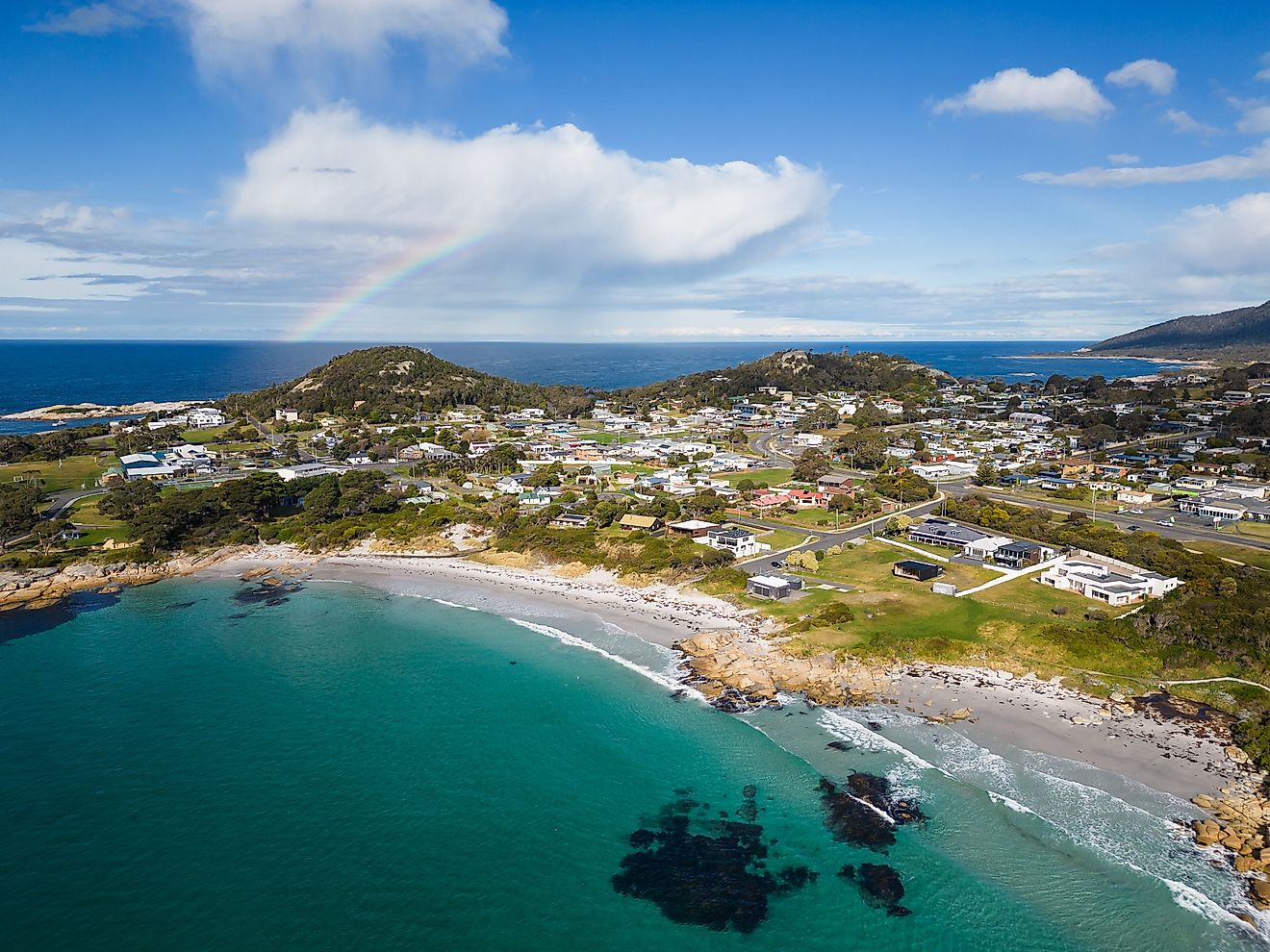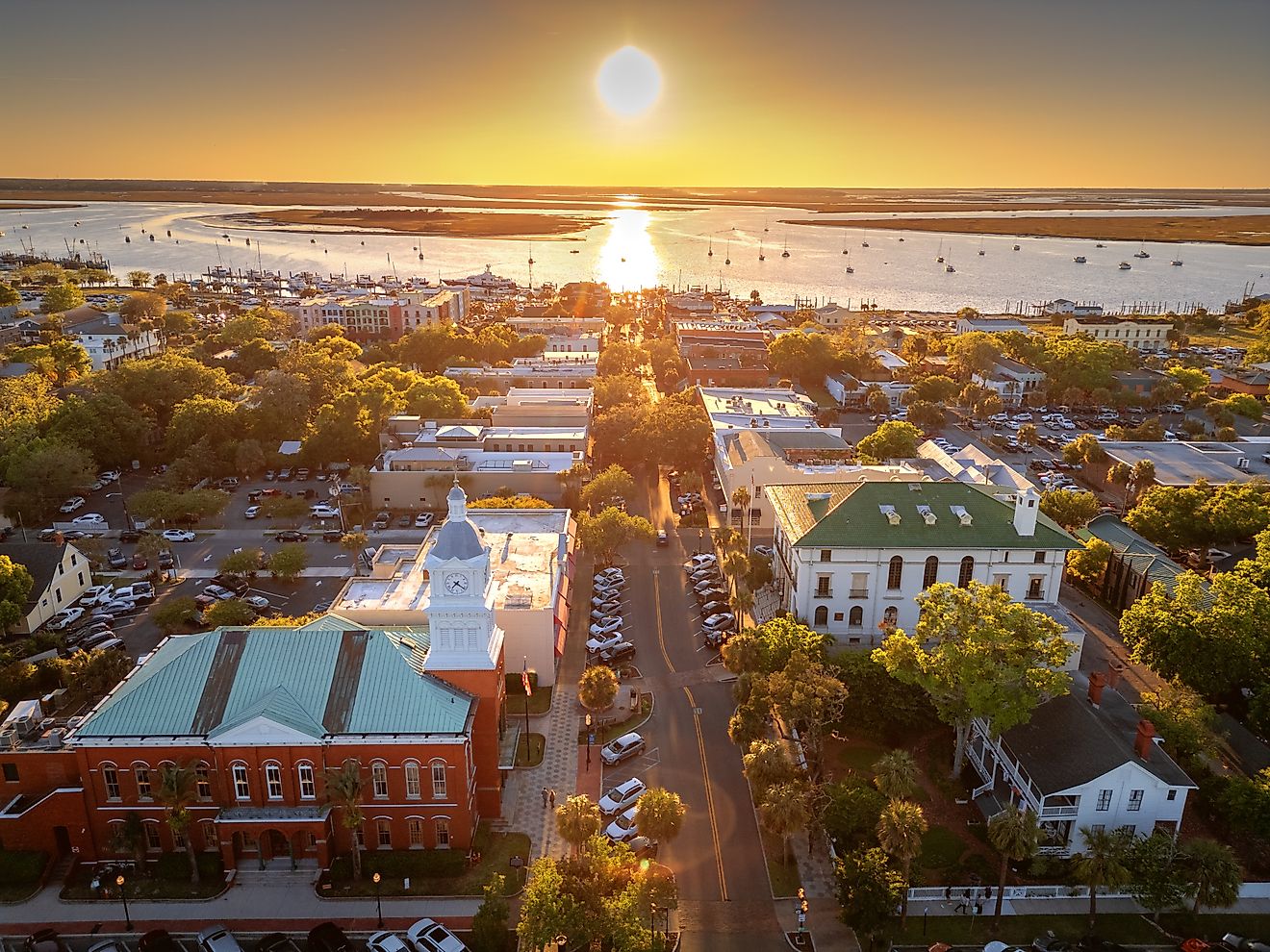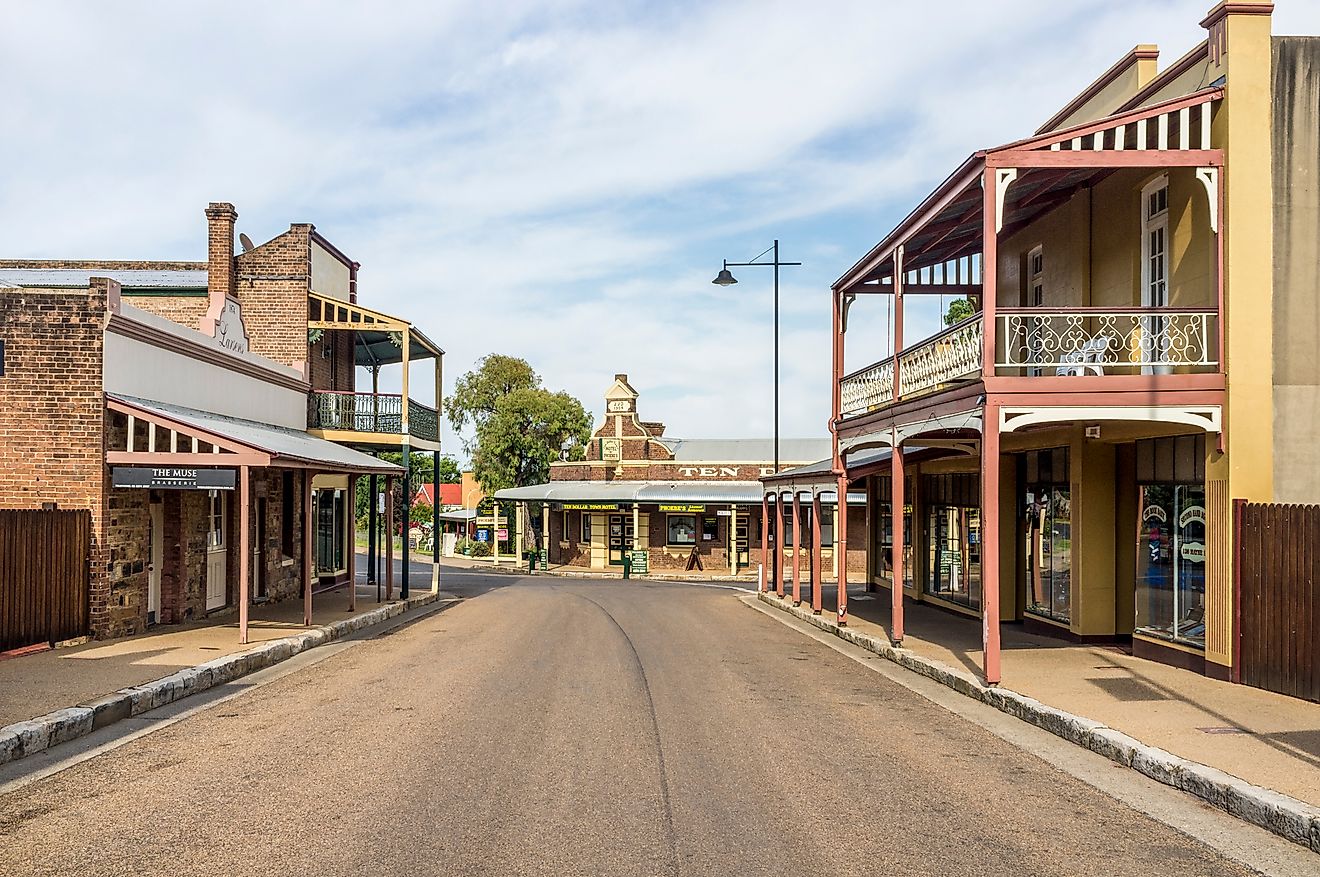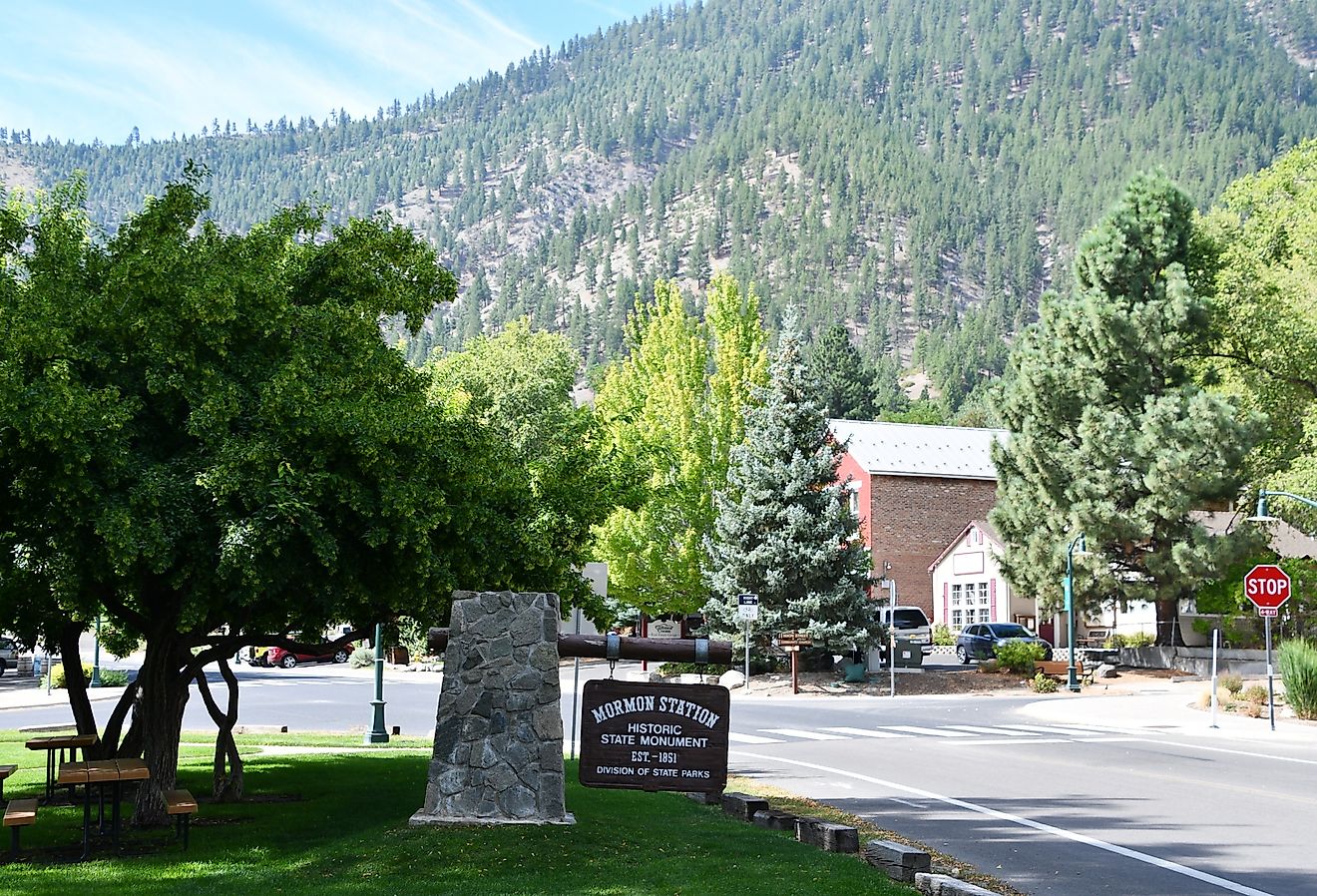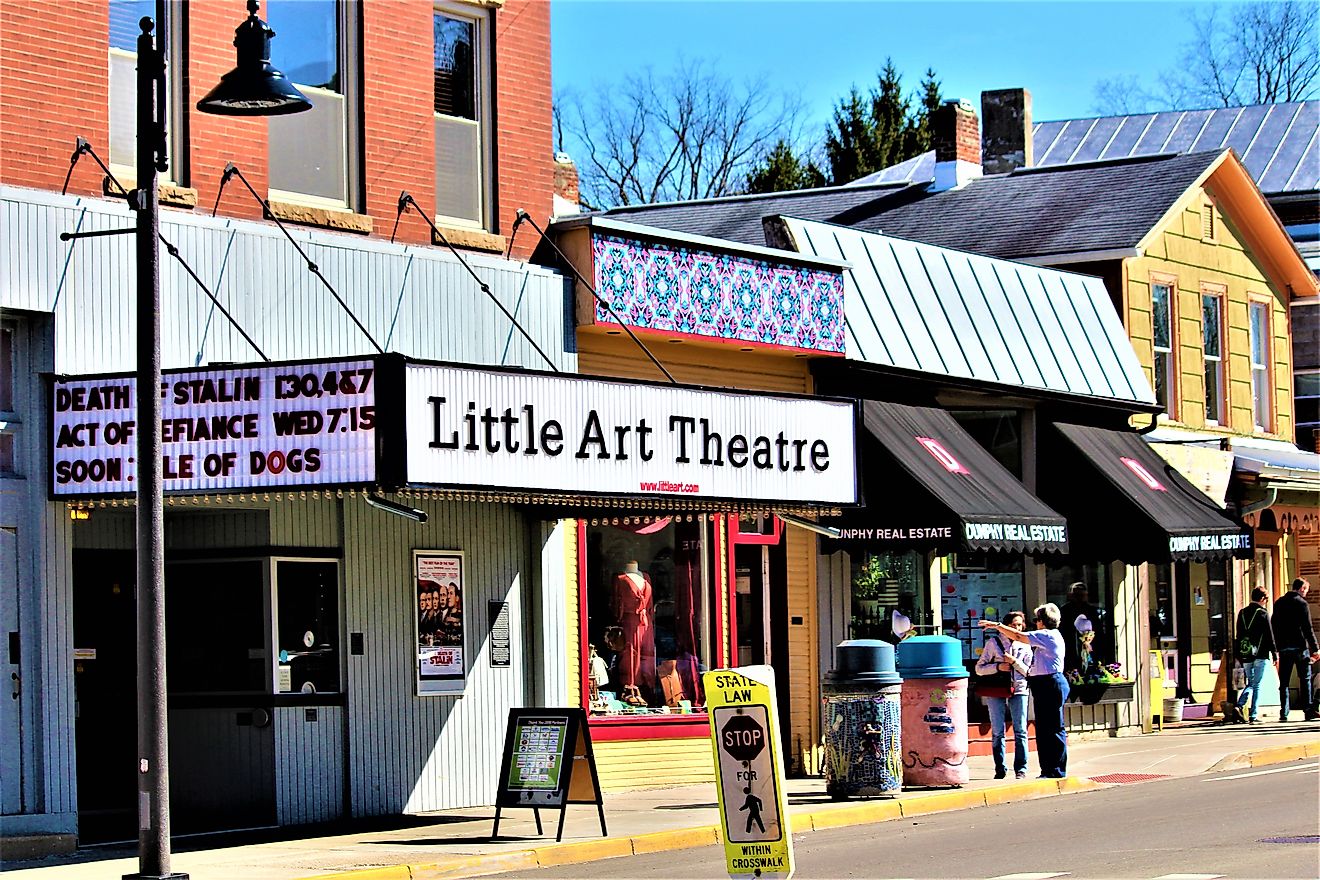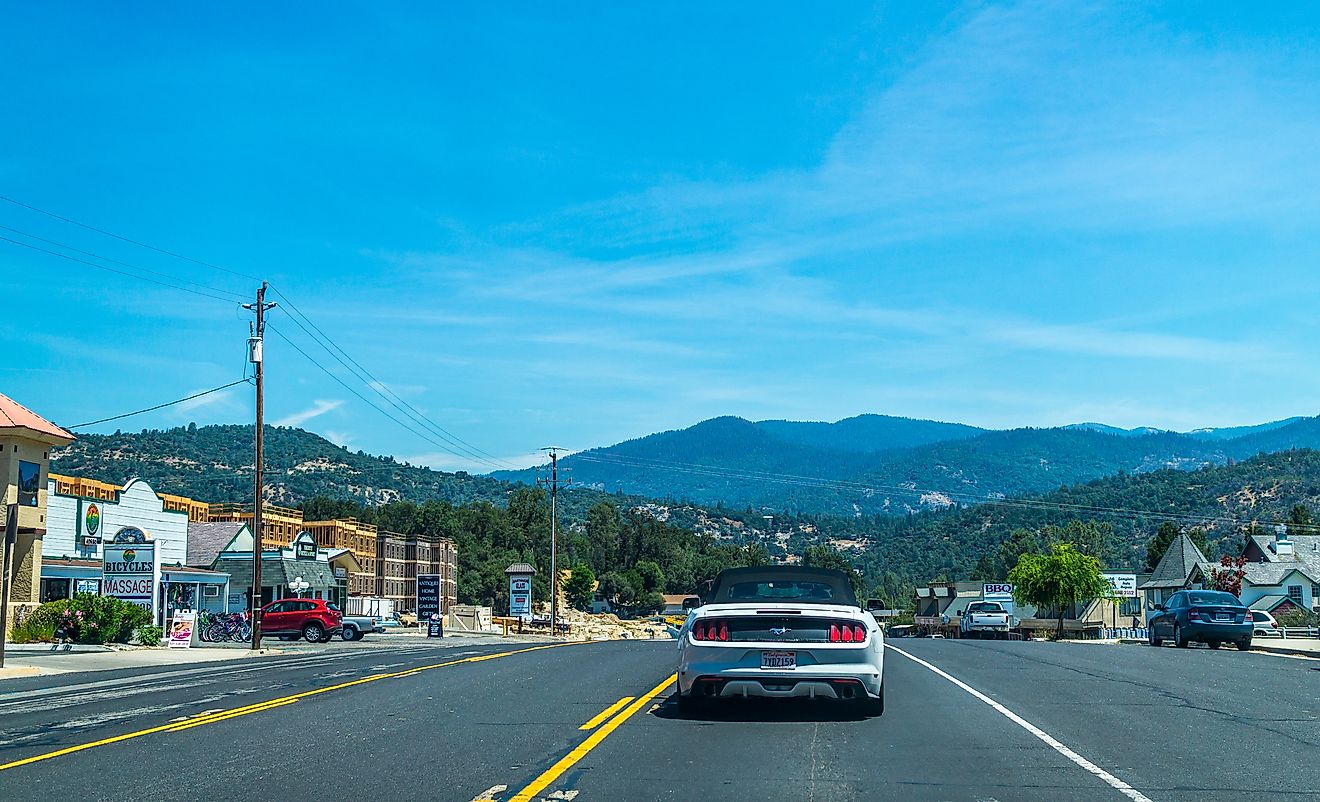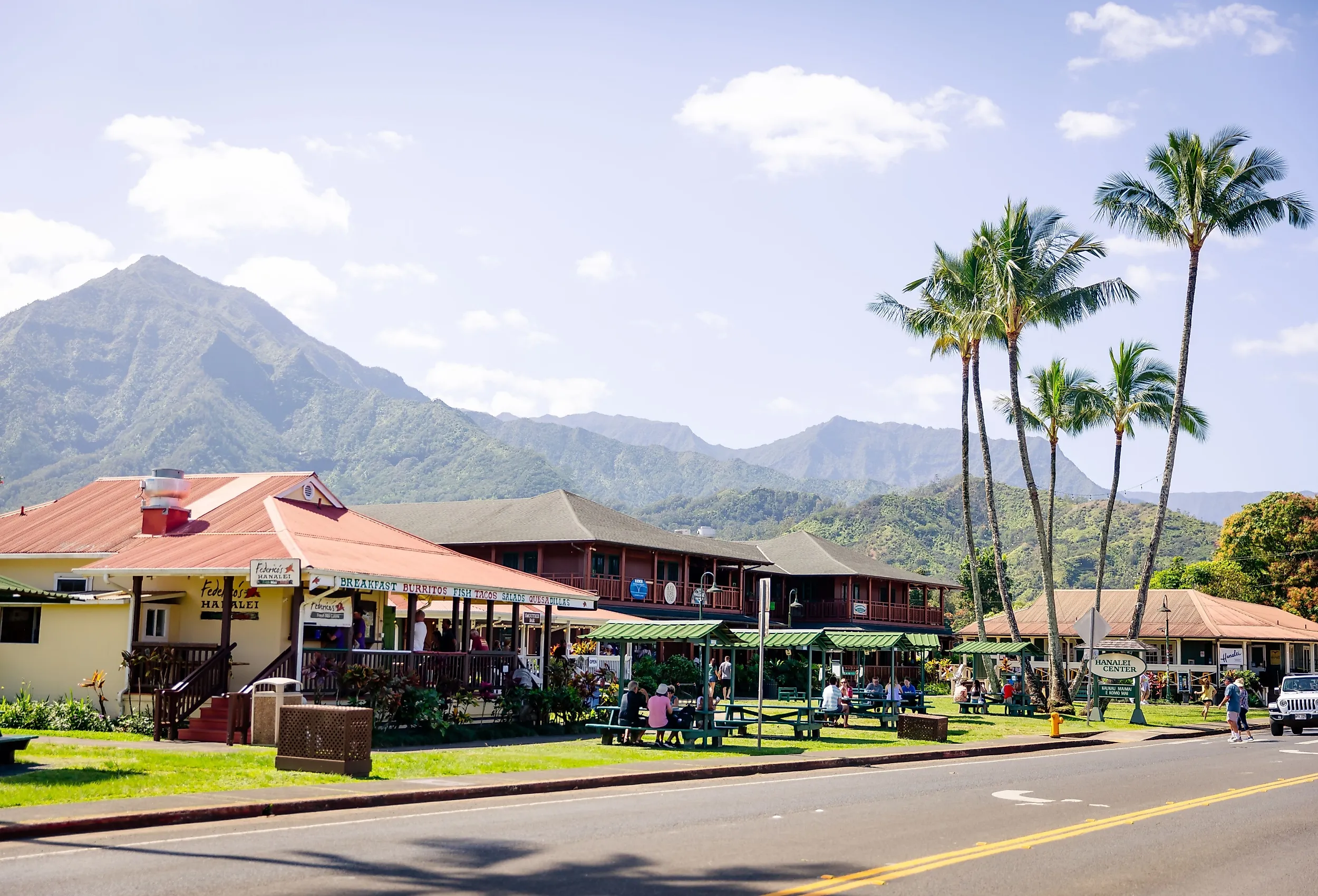
These 7 Hawaii Towns Have The Best Historic Districts
When people think of Hawaii, most people imagine crystal beaches, resorts, and fresh seafood. If you're looking to explore beyond the typical touristy excursions and want to get to know historical Hawaii a better, consider side trips to some of Hawaii's towns and their fascinating historic districts. The good news is that it is quite easy to travel to the main inhabited islands, despite no bridges or tunnels connecting the islands. Instead, the Hawaiian islands, they are all accessed by air or ocean: Hawaiian Airlines, Southwest Airlines, and Mokulele Air offer inter-island flights, while ferry services are available between Maui and Lanai. This article explores seven Hawaiian towns with some of the best historic districts.
Makawao, Maui
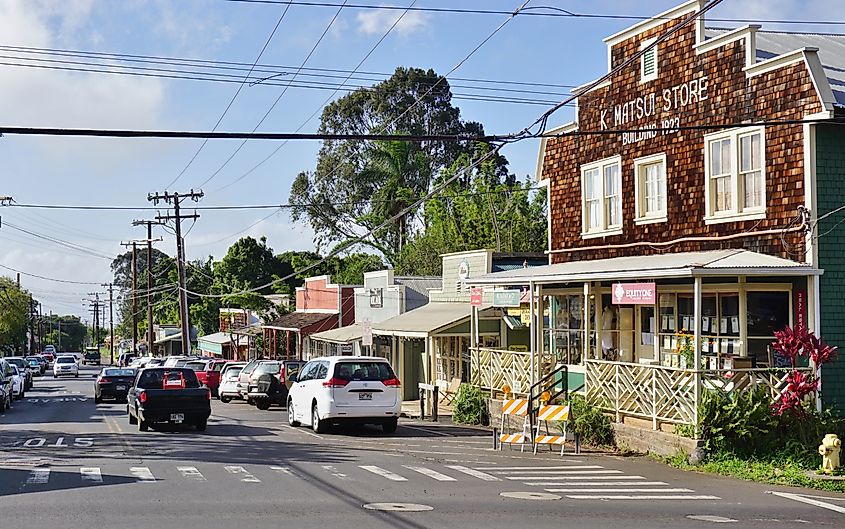
Promoted as a working artists’ town, Makawao is historically known for its paniolo, or Hawaiian cowboy, traditions. With a population of 7,297, Makawao is situated on the island of Maui, in the Upcountry Maui region, and is located on the slopes of the Haleakalā volcano. Paniolo have wrangled cattle in Maui’s upland fields since the 19th century, and Makawao’s ranching history remains an important part of the town’s image. Every year, the Makawao Rodeo takes place on the Fourth of July, and it is Hawaii's largest paniolo competition. The historic district has its roots in the 19th-century plantations and ranches, and many of the original step-gabled storefronts remain standing. The historic town center is now home to restaurants, cafes, bars, artists’ studios, and art galleries. The Historic Makawao Walking Tour takes you through Makawao’s paniolo history, featuring all the sights in this walkable town.
Lānaʻi City, Lānaʻi
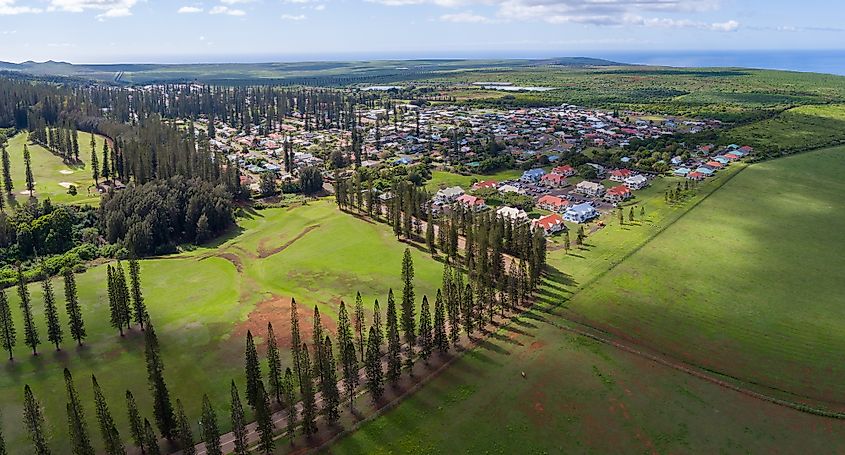
Lānaʻi City is known for its place at the center of Hawaiian pineapple production. Founded at the turn of the 20th century, Lānaʻi City is the main town on the island of Lānaʻi, with a population of approximately 3,000. At its peak, Lānaʻi was responsible for 75% of pineapple cultivation in the world. To celebrate this history, Lānaʻi City hosts the annual Pineapple Festival that takes place in early July. Much of Lānaʻi City’s culture takes place around Dole Park. Formerly a village built for Dole Plantation employees, it is now the home to art galleries, cafes, and restaurants such as Ganotisi's Pacific Rim Cuisine, a fusion of Filipino and traditional Hawaiian cuisines.
There are many historical buildings still standing from the town’s early 20th-century founding. The Lānaʻi Culture & Heritage Center is a great resource to find guides to the area’s historical sites. West of Lānaʻi City is the site of Kaunolū Village, the largest surviving prehistoric Hawaiian village ruins. You will need to rent a four-wheel drive vehicle as the roads are not paved, but it’s just a seven-mile drive southwest of Lānaʻi City. Near the Kaunolū Village is the Kaunolū Petroglyphs. This quarter-mile trail is an easy hike and takes you to what is considered the best-preserved petroglyphs in Hawaii. This is an open site with no security or barriers, so visitors are asked to respect the site.
Wailuku, Maui
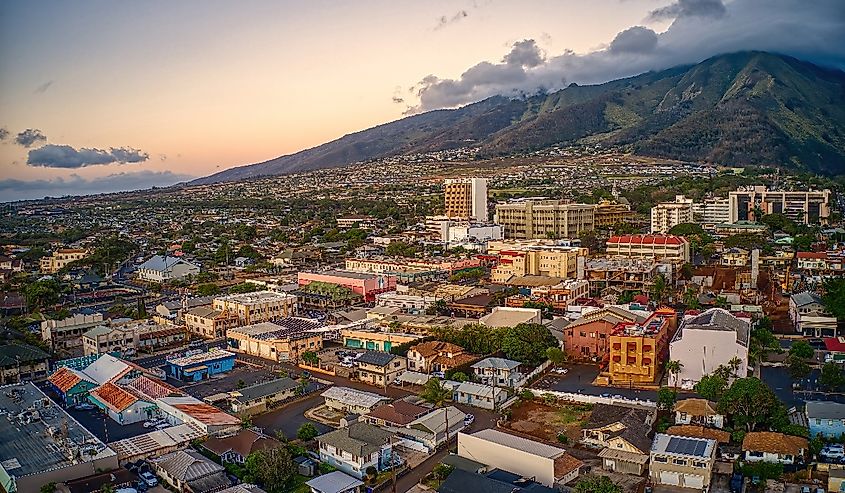
Wailuku, as the county seat of Maui, is a sizable town of 17,697, and its charms come from the generational history in its commercial and historical district. Family businesses abound, many having been open for generations. Although it contains what you’d expect from the center of county government, when you go off the beaten path, you can find local shops and restaurants that give the area its welcoming image. Cropping up among the older establishments are newer boutiques and cafes as well. The Tour Da Food food tour is hosted by food and travel writer Bonnie Friedman, which takes you through Wailuku's history while sampling some of the best of what is offered in Wailuku's food scene. Wailuku Main Street Association offers Rediscover Wailuku walking tours, giving visitors a chance to get acquainted with the town, highlighting the town’s many historical and cultural attractions.
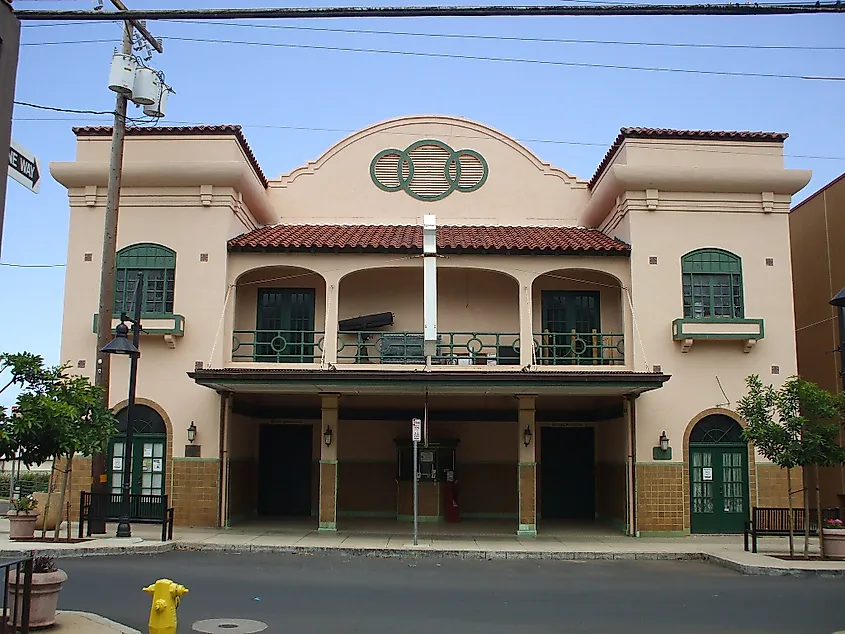
The Wailuku Civic Center Historic District features four historic buildings that house the government offices of the county, built between 1901 and 1931. Two of the buildings, the Wailuku Library and the Territorial Building, were designed by Hawaiian architect CW Dickey, blending Mediterranean Revival and Hawaiian architecture styles. Next to the Territorial Building is Kaʻahumanu Church, originally built in 1875. The church is historically important for preserving the Hawaiian language at a time when it was banned from being spoken in public. The church remains in use, providing services in Hawaiian. Located at the foot of the West Maui Mountains, Wailuku provides access to the ʻĪao Valley, once a burial ground for Hawaiian chiefs. The ʻĪao Valley features the ʻĪao Needle, a rock pillar rising 1,200 feet from the valley floor, and was the site of a battle in 1790 where King Kamehameha I unified the Hawaiian Islands.
Haleʻiwa, Oahu
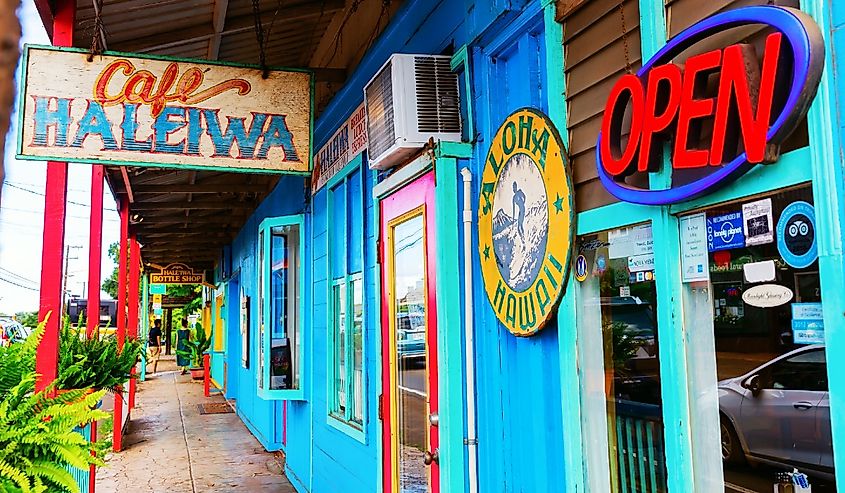
Located on the North Shore of Oahu, about an hour’s drive from Waikīkī, Haleʻiwa is renowned for its surfing. It's also an artistic and social hub of the North Shore, with a vibrant food truck culture that leads to the beaches of Waimea Bay, ʻEhukai (Banzai Pipeline), and Sunset Beach. The atmosphere of Haleʻiwa is more relaxed than the heavily touristed Waikīkī. The beaches are adjacent to the historic district, with plenty of shops, cafes, and restaurants. Stop at Banzai Sushi Bar or Haleiwa Beach House, featuring fresh local ingredients.
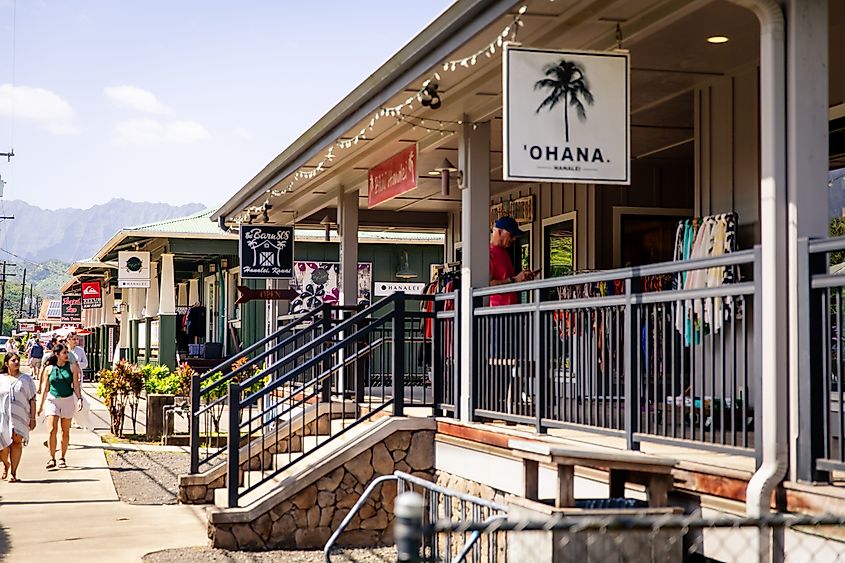
The buildings of the historic district date back to the plantation era in the 19th and early 20th centuries. Haleʻiwa’s plantation history is reflected in the historic sites, including the Waialua Sugar Mill and the Liliʻuokalani Protestant Church. The church was founded in 1932 by missionaries. Its first permanent building appeared in 1840 and is now the site of the church cemetery. The current building was built in 1890. On January 1, 1892, Hawaiian Queen Liliʻuokalani donated an unusual clock to the church: the clock has seven hands, makes one revolution every 16 years, and instead of numerals it has the letters LILIUOKALANI. The Waialua Sugar Mill was a sugarcane plantation in operation from 1865 until 1996. When it closed in 1996, it was the last sugarcane plantation on the island of Oahu. The buildings remain in place and have been repurposed. To visit the historic buildings, the North Shore Soap Factory offers tours.
Hanalei, Kauaʻi
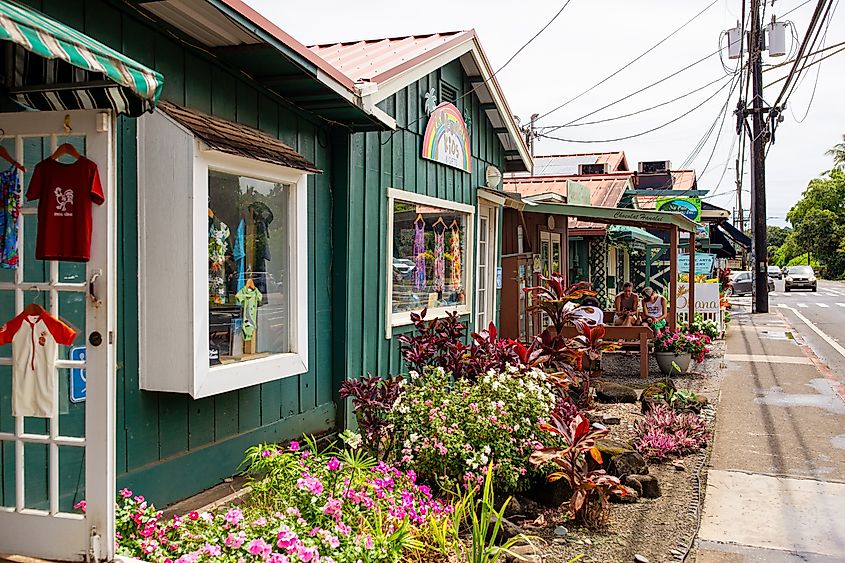
On the North Shore of the island of Kauaʻi and at the foot of the green mountains of Hanalei is the historic Hanalei Town. A perfect vantage point for observing the area’s unique beauty is the Hanalei Valley Lookout. From here, you can see the vast fields of taro (known as kalo in Hawaiian). This staple crop is used to make the signature Hawaiian dish poi. The taro farms are private land, but some do offer tours. For a contemporary take on some of Hawaii's traditional cuisine, try Tahiti Nui Restaurant. For some world-class baking using local ingredients, including taro, give Holey Grail Donuts a try. The Waiʻoli Mission House is a great place to get a sense of Kauaʻi’s history, and its local arts and crafts are renowned, especially the carvings made from native Hawaiian woods. To get a feel for some Hawaiian culture that is heavily touristed in other areas, the Hanalei Community Center stages ʻukulele concerts throughout the year. As the historic district for the Hanalei region, Hanalei Town offers lots of historical sites, such as the Hanalei Pier. Built in 1892 and located on Hanalei Bay, this has long been a favorite gathering place for residents. The pier is famous for appearing in the 1957 film, South Pacific.
Hilo, Island of Hawaiʻi
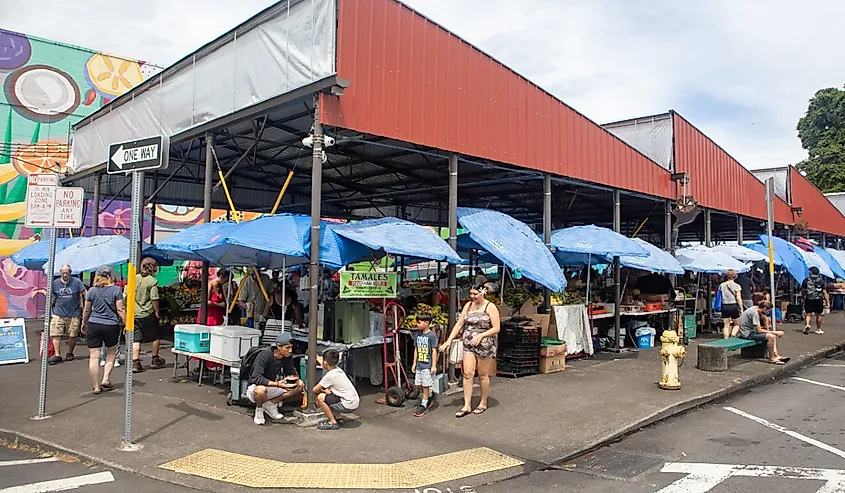
With a population of 44,186, Hilo is the biggest location on this list. On the northeastern side of the island of Hawaii, Hilo was a commercial center for the sugar industry in the 19th century. The main historical district was built around the bay. Originally government and commercial buildings, the district is lined with museums, art galleries, restaurants, and shopping.
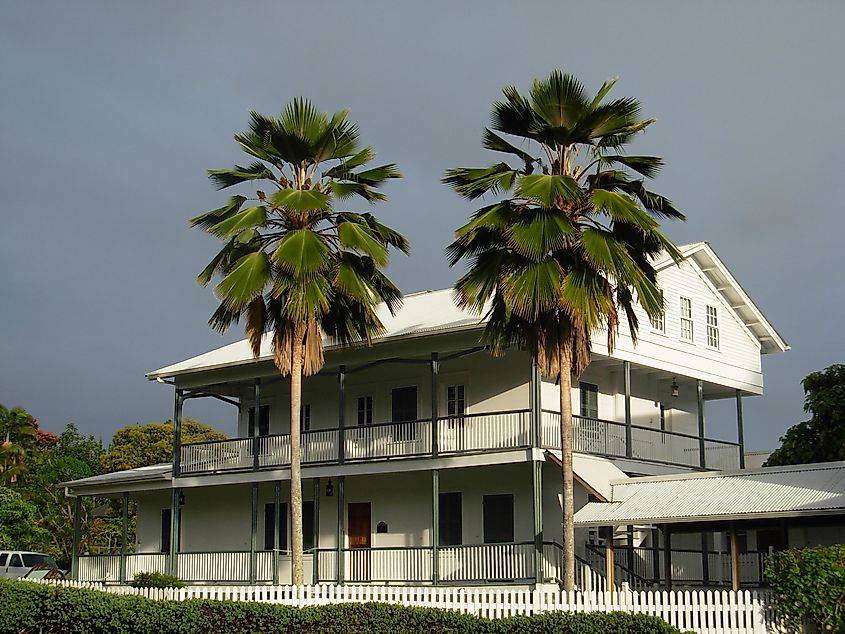
The Lyman Museum focuses on the island’s history, while the Pacific Tsunami Museum offers education on the deadly weather patterns that can hit the area. The recently built ʻImiloa Astronomy Center is noted for its distinct architecture: three cone-shaped titanium buildings representing the three tallest mountains on the island of Hawaii: Mauna Kea, Maunaloa, and Hualālai. Within the downtown historical district, you can find the Hilo Farmers Market, perfect for buying some of Hawaii’s abundant produce as well as local crafts. That Hawaiian produce is put to good use at Pineapples Island Fresh Cuisine, a blend of Hawaiian and contemporary American cuisines. Although Hilo is a busy urban center, it’s surrounded by some of Hawaii’s most beautiful landscapes. The Liliʻuokalani Gardens feature Japanese-style fishponds, pagodas, and rock gardens over 30 acres.
Old Kōloa Town, Kauaʻi
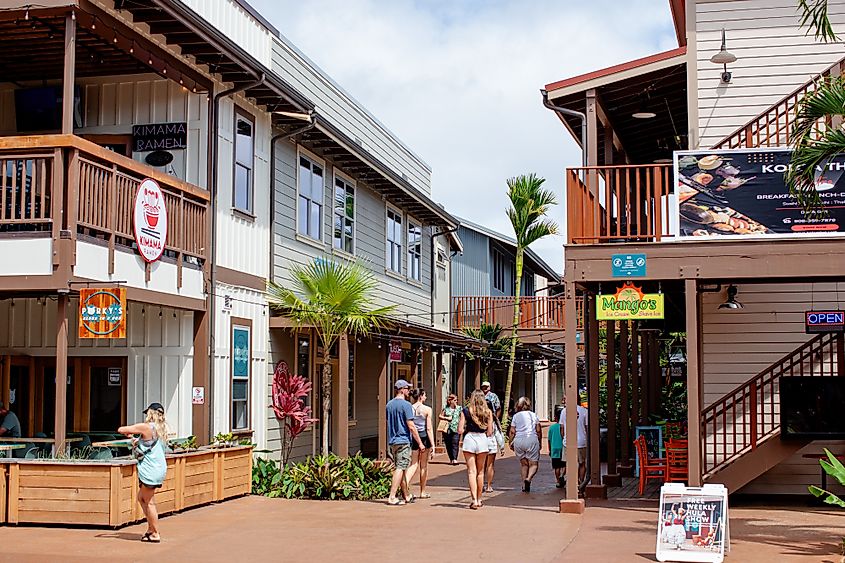
Like much of Hawaii, the Kōloa district is steeped in the state’s plantation history, and in the case of Kōloa, that means sugar. Located on the island of Kauaʻi, Kōloa is known for its natural beauty, and the gateway to the district is the Tree Tunnel. This stretch of Maluhia Road is lined with eucalyptus trees planted over a century ago and still standing. Old Kōloa Town is Kōloa’s historic district. The old plantation buildings along Kōloa Road have been repurposed into a shopping district. If you're looking for places to eat, you can try Mura Izakaya featuring Japanese cuisine, casual dining at Koloa Pizza Kitchen + Bar, or explore local flavors at Keoki's Paradise.
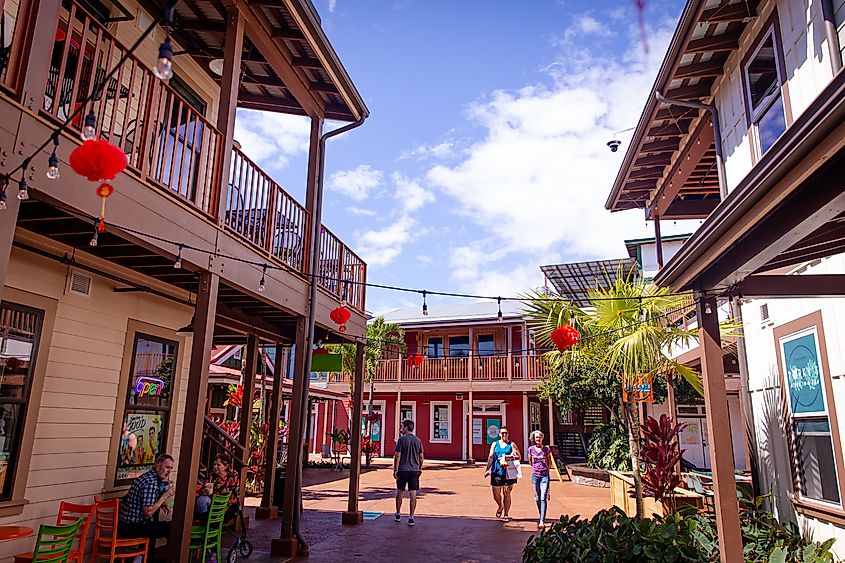
The Kōloa History Center offers a glimpse into Kōloa’s sugar plantation history. The Old Sugar Mill is a National Historic Landmark, founded in 1835. This was the first successful large-scale sugar operation in all of the Hawaiian Islands. The Kōloa Heritage Trail covers 14 historical and geological sites in Old Kōloa Town and the surrounding district. Every July, Kōloa Plantation Days Celebration takes place, celebrating Kauaʻi’s plantation heritage. If you still want some time in the sun and sand, Poʻipū Beach, in the southern part of the region, has many resorts around the beachfront.
Hawaii Off The Beaten Path
While the beaches may be calling to you, there is so much more to Hawaii than might meet the eye. The interesting history, delectable food, and culture of Hawaii make for exciting day trips, but they can also be your primary destination. There is so much to see and learn throughout Hawaii's islands that the average tourists often miss. If crowds and cliché aren't your thing, choosing one of these historical locations will make for a more than satisfying trip!
